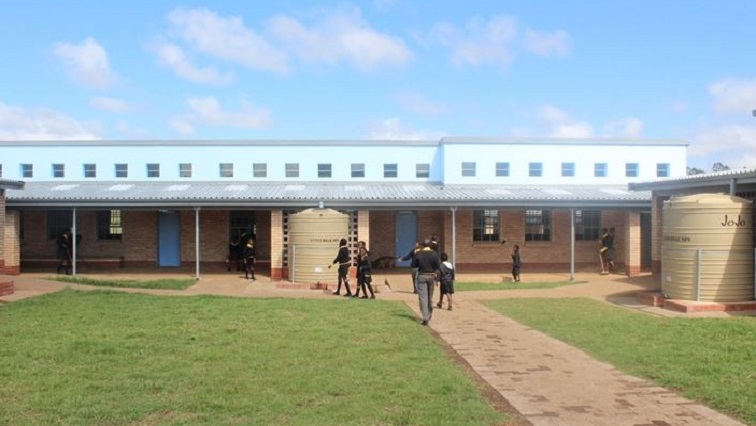A lack of infrastructure, particularly in some schools in townships and rural areas, is cited as a contributing factor in matric student performance.
The country is anticipating the release of Senior Certificate Matriculation results by Basic Education Minister Angie Motshekga on Thursday evening.
Wits University Education expert Professor Thokozani Majozi says the government should speedily put its focus on building infrastructure in schools.
“The issue of infrastructure is very critical in the education of any pupil in South Africa and the world. The schools that lack infrastructure make it very difficult if not impossible for young kids to ultimately finish and be something in the future. If you look at the science subjects which are really the game changer in the economy of any country and where black kids are not participating fully you cannot do science if you do not have a laboratory which allows students to do experiments themselves.”
Ongoing challenges with infrastructure as KZN schools reopen: Angie Motshekga
‘Conducive teaching and learning’
Education lobby group Equal Education says the Basic Education Department is obliged to ensure that all schools have infrastructure that is conducive to teaching and learning.
Speaking during the reopening of coastal schools, Minister Motshekga has conceded that some schools in KwaZulu-Natal are not ideal for learning and teaching, with some also having asbestos in the building.
Equal Education’s Head of National Organising, Zanele Modise says, “The department has missed two important deadlines of the school infrastructure law – which speak about important infrastructural amenities that the department must address in schools. That’s why we see so many schools still having dilapidated buildings and toilets – and we’ve seen just how devastating the impact was in KZN schools due to floods. What also as EE, we’ve seen is the data gaps can be partially blamed for the slow progress being made in providing schools with basics such as water and sanitation, and proper classrooms.”






